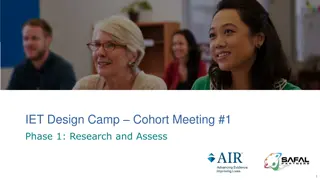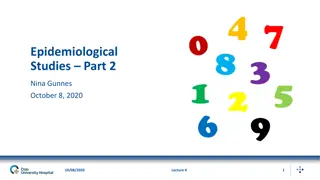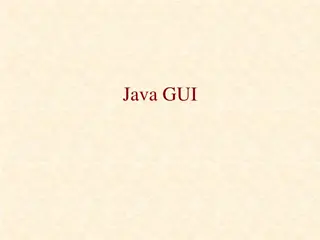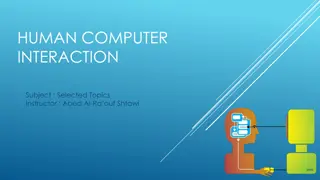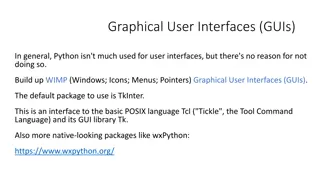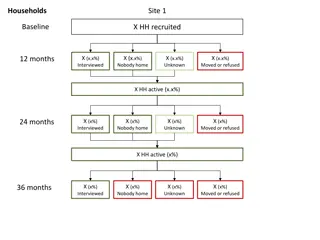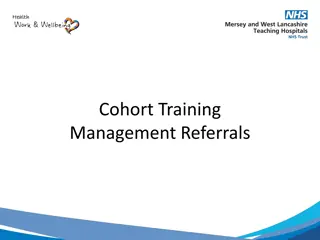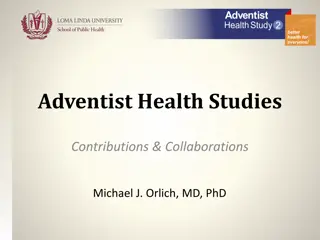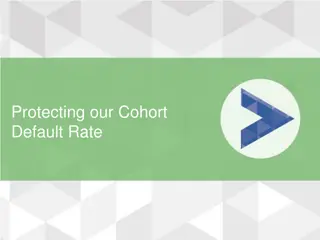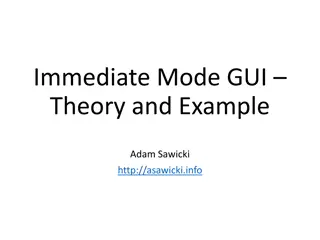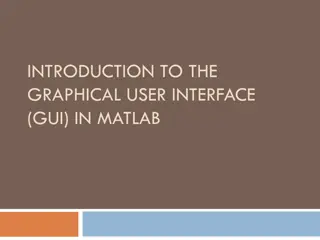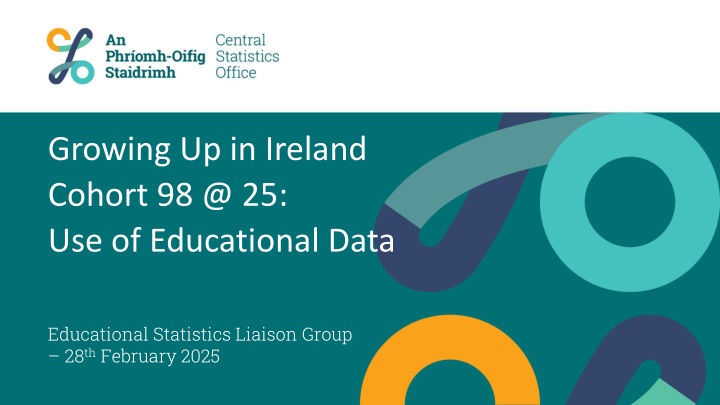
Growing Up in Ireland Cohort 98 @ 25: Educational Data Insights
Explore how Cohort 98 @ 25 in Growing Up in Ireland study uses educational data sources, administrative datasets, and scripts to capture and analyze educational attainment at age 25, providing valuable insights for future career paths. Discover the challenges, solutions, and key findings from this longitudinal research study.
Download Presentation

Please find below an Image/Link to download the presentation.
The content on the website is provided AS IS for your information and personal use only. It may not be sold, licensed, or shared on other websites without obtaining consent from the author. If you encounter any issues during the download, it is possible that the publisher has removed the file from their server.
You are allowed to download the files provided on this website for personal or commercial use, subject to the condition that they are used lawfully. All files are the property of their respective owners.
The content on the website is provided AS IS for your information and personal use only. It may not be sold, licensed, or shared on other websites without obtaining consent from the author.
E N D
Presentation Transcript
Growing Up in Ireland Cohort 98 @ 25: Use of Educational Data Educational Statistics Liaison Group 28thFebruary 2025
Growing Up in Ireland Cohort 98 Growing Up in Ireland is Ireland s national longitudinal study. Three cohorts are surveyed and followed up every couple of years from childhood into adulthood. Cohort 98 is the oldest of these cohorts called such as they were born in 1998. Cohort first surveyed when they were nine in 2007, then again at 13, 17, 20 and most recently, at 25 in 2023. Cohort 98 @ 25 is the first survey which the cohort was surveyed exclusively without a parent or school survey side-by-side. Main Findings of Cohort 98 @ 25 were released on the CSO website on 27thJanuary 2025. 2
Cohort 98 @ 25: Educational Data At age 25, most respondents would have completed their time in education. Important to capture their educational attainment at this point as they move further into their careers (over 80% were in employment in survey). However, education data is very wide ranging and educational experiences can differ sharply. Need to capture as much as possible yet restricted by need to ensure survey is not too lengthy. Solution is to use administrative data sources. 5
Cohort 98 @ 25: Administrative Data Education data was nearly entirely taken from administrative data sources for Cohort 98 @ 25; not survey data. Exception was questions on studying abroad Removes the problems involved in self-reporting. Allows survey time to be taken up with questions that cannot be assessed via administrative data. Matching carried out using within CSO specific pseudo-identifiers linking respondents to datasets. No real world identifiers used. Problems: Time Lag a lot of data was not available for 2023 but was for 2022. End of Academic Year 2021/2022 was used as proxy (so at age 24, rather than 25). Need to understand datasets and issues therein; significantly time consuming. 6
Cohort 98 @ 25: Administrative Data Datasets used: Post-Primary Online Database (PPOD) for secondary schools. State Examinations Commission (SEC) dataset for Leaving Cert and Leaving Cert Applied results. Higher Education Authority (HEA) both graduations and enrollments. Quality and Qualifications Ireland (QQI) for both private colleges and further education. SOLAS data on apprenticeships Student Universal Support Ireland (SUSI) on student grant data. 7
Cohort 98 @ 25 Education Data Scripts were written for each dataset and matched to the sample data and survey output via the CSO pseudo-identifier. This give us a wide range of educational data and also allowed us to see the highest level of education obtained for the sample and respondents (per NFQ). If an individual did not have any record of education attainment, they were assumed to have obtained nothing higher than a Junior Certificate. The reason why it was matched to the sample was to allow us to compare educational records for respondents versus non-respondents. This was extremely important when it came to weighting the data. 8
Absences and Issues The datasets used contain the vast bulk of education data relevant to this age group, however there are some absences: Courses or training carried out outside Ireland (for higher education there are survey questions, but not for schooling or FE). Certain Springboard and ICT courses. Profession Specific Qualifications may not be included. Schools that do not carry out the Leaving Certificate program. PPOD dataset also excludes private schools where teachers are paid directly by the school (e.g. all grind schools), these however appear in the SEC data if an exam is carried out. If respondents dropped out of higher education or changed courses, we do not know the reasons why. 12
The Future Next step is the release to researchers of the Cohort 98 @ 25 microdata due in April. Well over 150 variables of education data from administrative sources are utilized in the dataset. Second report on Cohort 98 @ 25 to be released by CSO later this year will look at education, employment and income. More detailed than the key findings report. New birth cohort (Cohort 24) currently in field publishes next year. Cohort 08 @ 17 in field later this year, will also use education administrative data in output. 13
Thank you for your time.

